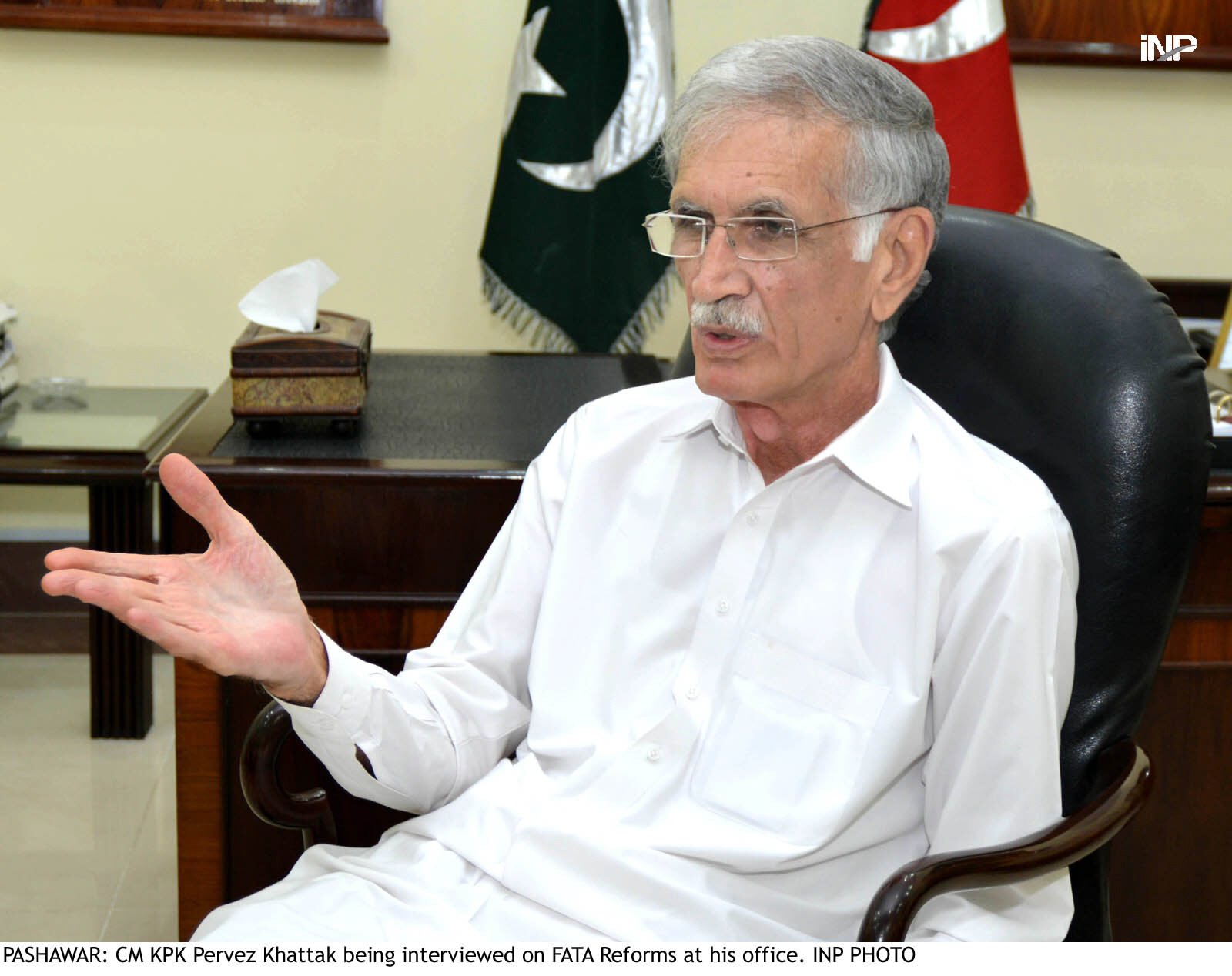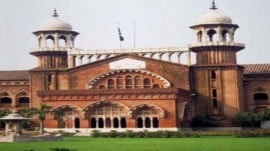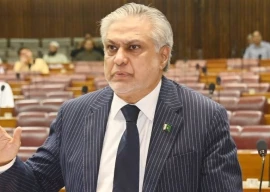
The provincial government has been subsidising healthcare. It currently pays Rs119 for every X-ray, Rs888 for every ultra sound conducted and Rs85 for an electrocardiogram (ECG) as a subsidy.
Data from the K-P health department shows that last year, the provincial government helped subsidise these services for 1.65 million patients, forking out Rs585 million from the government coffers. This figure does not even include patient records from the emergency units.
While the provincial government has increased the health allocation by 300 per cent over the last five years, ensuring that it makes up around 10 per cent of the total provincial budget, the question remains for how long can the system be sustained?

K-P Health Secretary Abid Majeed told The Express Tribune that recently, a study, ‘Costing of Public Sector Hospital Services: A Providers Perspective’, was conducted to calculate costs under various categories for the major illness in public sector hospitals.
The analysis revealed that five illnesses in the paediatric, medicine, surgery and gynaecology sections were the most common at four District Headquarters (DHQ) Hospitals in Chitral, Kohat, Malakand and Mardan.
Documents available with The Express Tribune show that in the paediatric speciality of the target DHQs, gastroenteritis, upper respiratory tract infections and malaria were the most common.
Similarly, in medicine, the common illnesses found were gastroenteritis, diabetes, hypertension, and pyrexia of unidentified origin.
In the gynaecology department, normal delivery, C-section, septic wound (Labour), UTI in pregnancy and missed abortion were similar among target DHQs.
In the surgical department, road traffic accidents (injuries and fractures) contributed the most cases, followed by appendectomy and cholecystectomy (open surgery).
The study showed that the average cost per disease group varies from district to district with disease treatment in Chitral having lower average costs when compared to DHQs in other areas.
The average cost of treating upper respiratory tract disease at Kohat DHQ (highest average) was as much as Rs3,771 to treat infections. By comparison, it cost Rs1,301 to treat an infected patient at the Chitral DHQ.
In surgeries, an appendectomy cost Rs6,280 at the Mardan DHQ, while the average cost of treatment at the Chitral DHQ was Rs4,231.
A C-section on average cost Rs12,759 at the Mardan DHQ. By comparison, it cost Rs8,062 at the Chitral DHQ.
“If there is a cost variation in the money the government is spending [to treat an illness at different government-run hospitals], there is either no standard operating procedure to treat everyone the same way or we are not allocating resources according to the needs,” another health official, who is part of the research, said.
“This research will show some markers which need to be followed,” he further said, even as he conceded that their initial sample was small.
“But extrapolated results show that a smart reevaluation of the health system is immediate required.”
Meanwhile, the health department official said that most of the disease on which the government was bleeding money at public hospitals, could be treated by just improving delivery of civic services.
Published in The Express Tribune, August 6th, 2017.






































COMMENTS (1)
Comments are moderated and generally will be posted if they are on-topic and not abusive.
For more information, please see our Comments FAQ